(September 27, 2024) A group of trailblazing French directors exploded onto the film scene in the 1950s seeking to revolutionise cinematic conventions with artistic liberty and creative control. Steering away from the linear tropes of storytelling, these filmmakers were keen to create a new language, and this revolution gave birth to French New Wave Cinema. With pioneers like Jean-Luc Godard and Francois Truffaut at the center of the movement, it became a defining moment for world cinema. And amidst this path-breaking current was an Indian editor — Lila Lakshmanan.
The India-born and Sorbonne-educated Lakshmanan found herself cutting her way through the French New Wave in the 60s by working with stalwarts like Godard and Truffaut. She was among the first Indian women to find a place in world cinema.
From Bombay to film school in Paris
It was in 1935 that her story began in Jabalpur where she was born to a French mother and an Indian father, who was the director of All India Radio. Owing to her dad’s transferable job, Lila shifted base from Lucknow to Delhi to later Bombay, where she spent the initial years of her life. However, after her parents’ separation, a 12-year-old Lila packed her bags and left for a boarding school in England. With Indian-French roots, Lila had a hard time adjusting to her new life at the boarding school that was too strict in its discipline. However, in her own words, it was this strictness that forced her to evaluate life from many corners.
Two years later, Lila found herself at a student’s ball in Paris where she met a 24-year-old actor who wrote and made films. The meeting sparked a connection, however, things soon fizzled out after an exchange of a handful of letters. But this brush with someone from the world of cinema piqued her interest in films, and she vowed to either marry a filmmaker or become one herself.
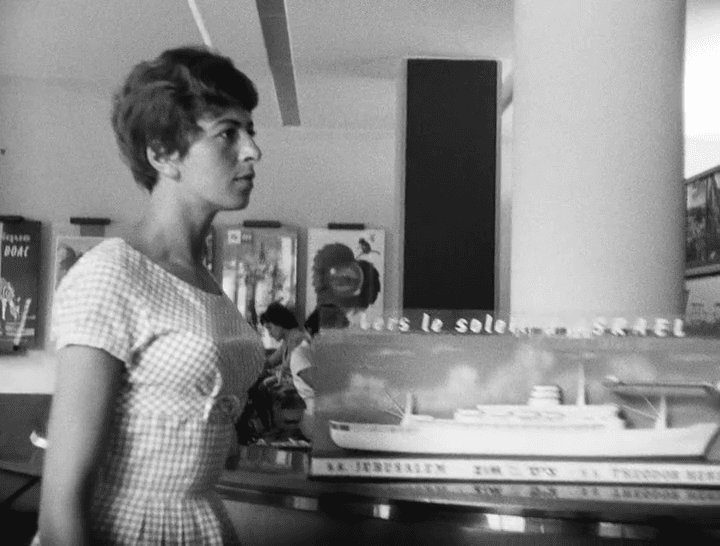
Lila Lakshmanan in a still from Breathless
At 17, she enrolled herself in the Sorbonne to study English Literature. But her English way of thinking didn’t find a perfect landing in the French world, and she had to unlearn and learn a lot to graduate from the University of Paris.
“But I failed with bad marks (two on 20). My teacher said, ‘poor thing she doesn’t know how to think’. I was not dismayed. I managed to learn how to think. The French way of thinking is based on logic and construction and the thought must be synthesised. The English prefer you to know your subject well and then allow you to present your thoughts in your own rendition coherently,” the Global Indian told a daily.
Lakshmanan still had the desire of being a part of cinema, and this dream led her to a French film school IDHEC (Institut des hautes etudes cinematographiques) where she studied editing as opposed to filmmaking because she didn’t consider herself creative enough. It was here that she met Jean Vautrin, a French writer and filmmaker. The two got married in 1953 and after the birth of their first child in 1955, the couple moved to Bombay.
While Vautrin found a job as a French Literature professor at the Wilson College, Lila taught French at the Alliance Francaise. It was around the same time that Vautrin assisted Italian director Roberto Rossellini on his documentary on India titled Inde, Terre Mere.
The beginning of French New Wave
While Rossellini was working his magic with Italian neo-realist cinema, in France, French New Wave cinema had started to spread its wings. Steering away from the traditional studio-bound filmmaking style, the avant-garde French filmmakers were exploring new narratives and visual styles. They often used handheld cameras, natural lighting, improvised dialogue, and non-linear storytelling to create a sense of immediacy and realism. Rejecting the polished, studio-bound films of the time, the French New Wave favored on-location shooting, low budgets, and unconventional editing, such as jump cuts. This movement celebrated the director as the “auteur,” or creative force, and explored themes of existentialism, love, and rebellion. And this new art movement found Godard and Truffaut at the center of its rising.
Lila Lakshmanan ended up working with two of the biggest French filmmakers of all time as an editor. It all began when she moved to France by the end of the 50s with her husband. And one balmy afternoon while walking down the Champs Elysees, she met Godard. “My husband asked him if he could employ me as an intern and Godard agreed, that’s how it started and I became his assistant editor. I first film I worked with him was Breathless. It was a weird experience because he didn’t know what he was doing. He sort of imposed me onto editor Cecile Decugis, who was in the Algerian Resistance,” she added.
Learning the ropes from Godard
Working with a legend like Godard wasn’t an easy experience for Lila Lakshmanan. For someone who was keen to revolutionise cinema, he came across as a complex person. “Godard was a sadist really, and he liked to see how far he could go with somebody and that didn’t show immediately. He would test and see if you yielded,” said Lila.
But she found her footing in the world of Godard and the new wave cinema as she went on to edit A Woman Is A Woman. The 1961 film was a musical comedy starring Anna Karina and Jean-Paul Belmondo that went on to win big at the 11th Berlin International Film Festival.
The next film that came on Lila’s table to edit was Virve Sa Vie. Deeply influenced by Bertolt Brecht’s theory of epic theatre, Godard borrowed a new aesthetic for the film. The jump cuts that disrupted the flow of editing made Virve Sa Vie a masterpiece in itself. The film turned out to be the fourth most popular film at the French box office in 1962 and also won the Grand Jury Prize at Venice Film Festival.
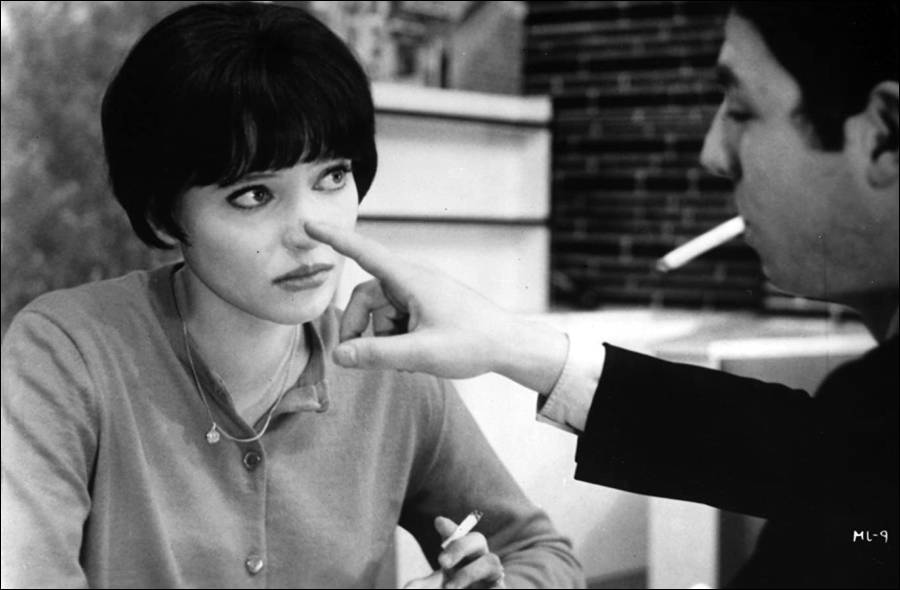
Anna Karina in a still from Jean-Luc Godard’s Virve Sa Vie
Lila Lakshmanan was working with a taskmaster like Godard, but every time she surprised him with the efficacy of her work. “Godard never took anyone’s advice; he had always made up his mind. We used to scratch the films and stick them together. If you missed a frame, it was considered bad luck. Godard used to stand over the editor to see if she did not make a mistake. I wasn’t intimidated by him because he tested me and he knew I could step over his toes,” added Lakshmanan.
In 1963, she worked with Godard on two films – Les Carabiniers and Contempt. While the former enjoyed a good reception at box office, it was the latter that has been a point of influence in cinema till now. Touted to be the greatest work of art produced in postwar Europe, Contempt is ranked 60th on the BBC’s list of 100 greatest foreign-language films.
Lila’s skill of editing was also explored by another maverick director of the French Wave cinema, Francois Truffaut. The editor collaborated with Truffaut on his 1962 romantic drama Jules and Jim. Set against the backdrop of World War I, the film is a tragic love triangle that has made it to Empire magazine’s The 100 Best Films of World Cinema.
“Truffaut was independent-minded like Godard. He often put his mind to work and was more organised than Godard. He had a clear plan; he wrote his own scripts. There were men that would control directorship, editing and scripting of the film,” she added.
It was during this time that Lila Lakshmanan separated from Jean Vautrin, and married Atilla Biro, a Hungarian architect-turned-surrealist painter. After working with the French filmmakers for a few years, Lila bid adieu to her career as an editor and focused on her married life.
Though Lila’s stint was short-lived, she was among the first Indian women to cut her way through French Wave Cinema in the 60s. Working with stalwarts like Godard and Truffaut is an achievement in itself, and she stood like a pro editing film after film and contributing to these masterpieces of work. At a time when not many women thought of crossing over to other continent for work, Lila was brushing shoulders with the bigwigs of French Wave Cinema, making her presence count in the sphere of world cinema.



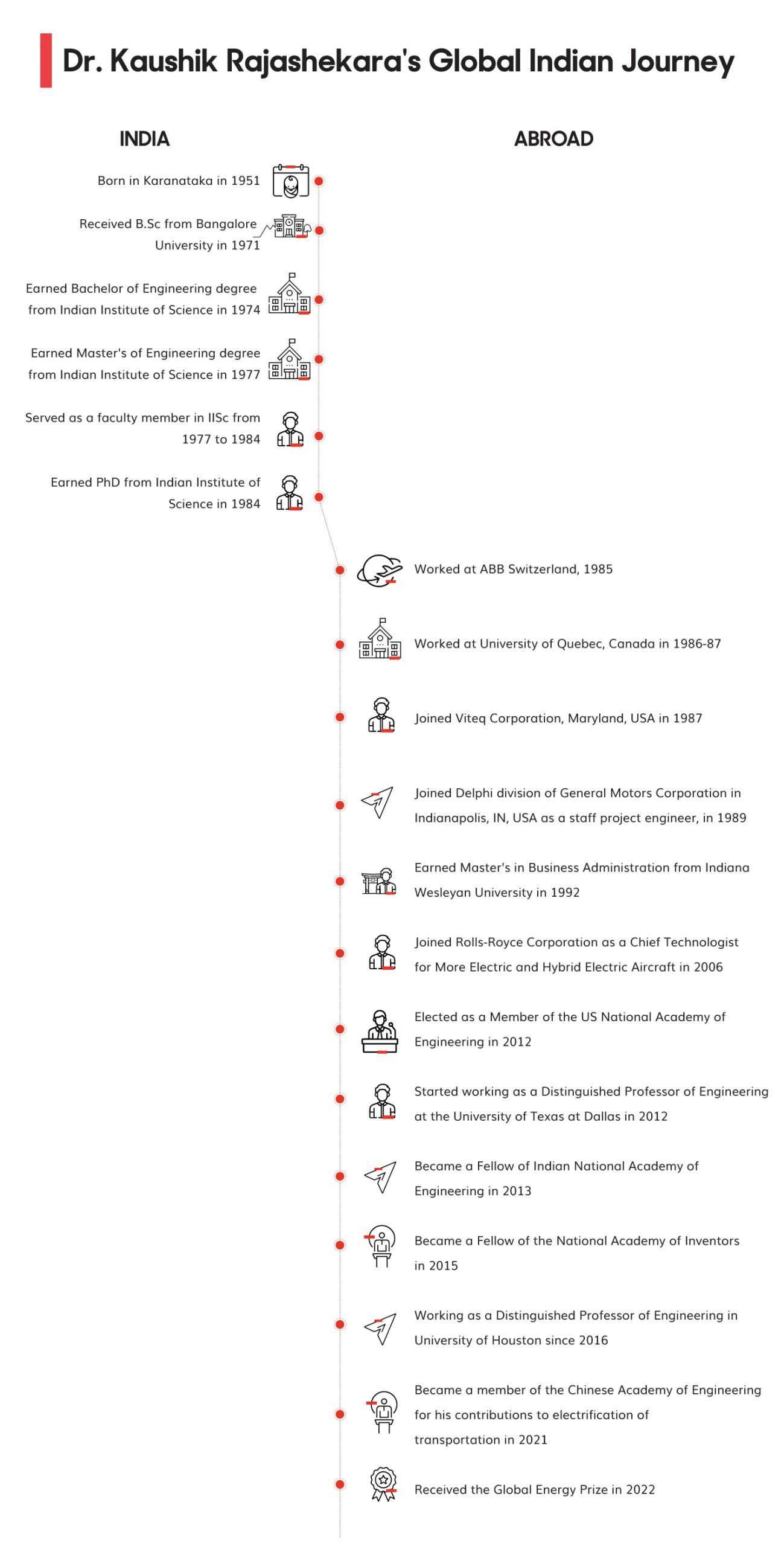
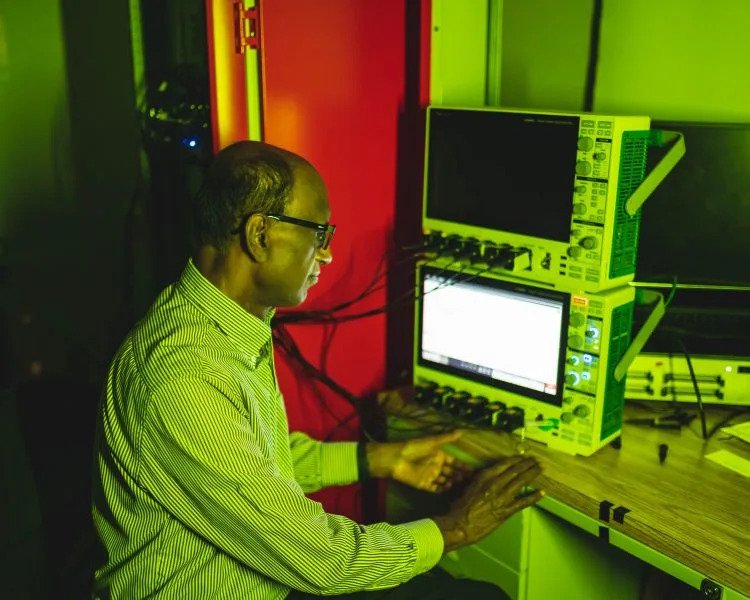
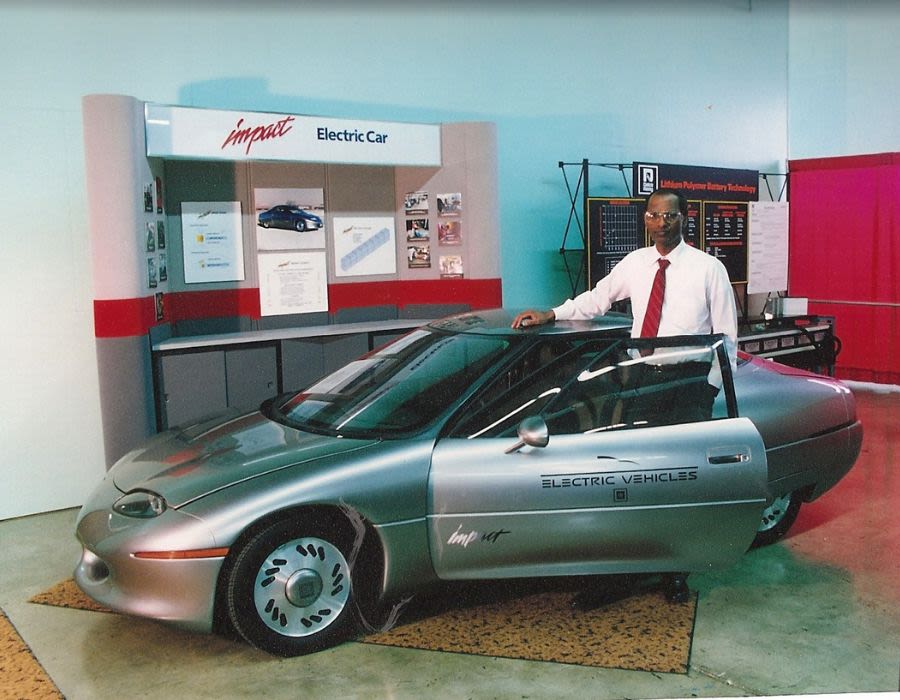 Dr, Rajashekara with GM Impact electric vehicle in 1993[/caption]
Dr, Rajashekara with GM Impact electric vehicle in 1993[/caption]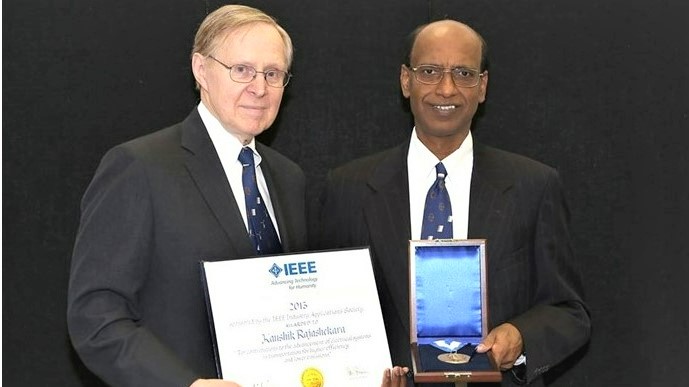 Dr. Rajashekara receiving the prestigious IEEE Kaugmann award from IEEE President, 2013[/caption]
Dr. Rajashekara receiving the prestigious IEEE Kaugmann award from IEEE President, 2013[/caption]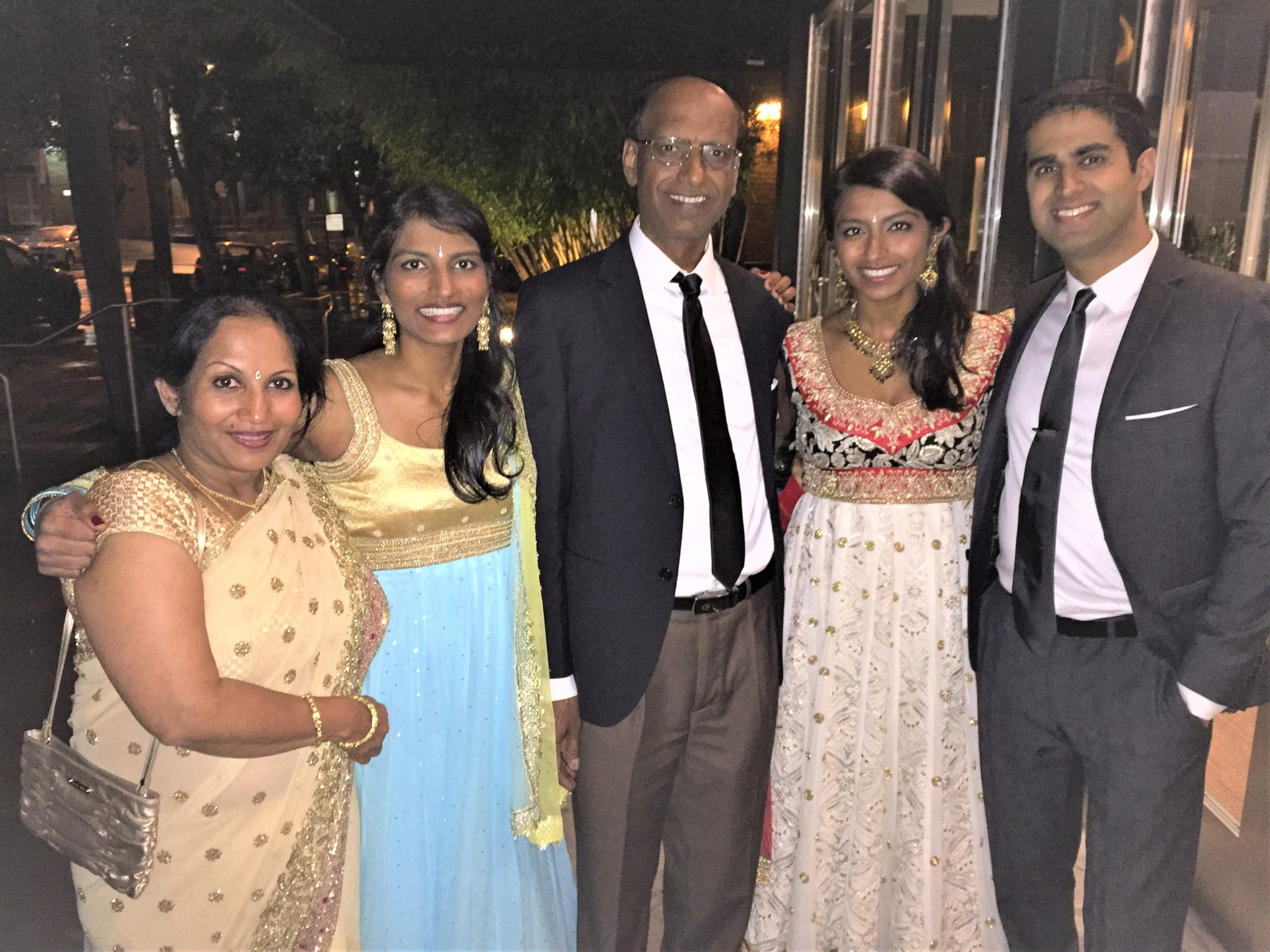 Dr. Rajashekara with his family[/caption]
Dr. Rajashekara with his family[/caption]
 Sufiya Ahmed is a British-Indian author.[/caption]
Sufiya Ahmed is a British-Indian author.[/caption]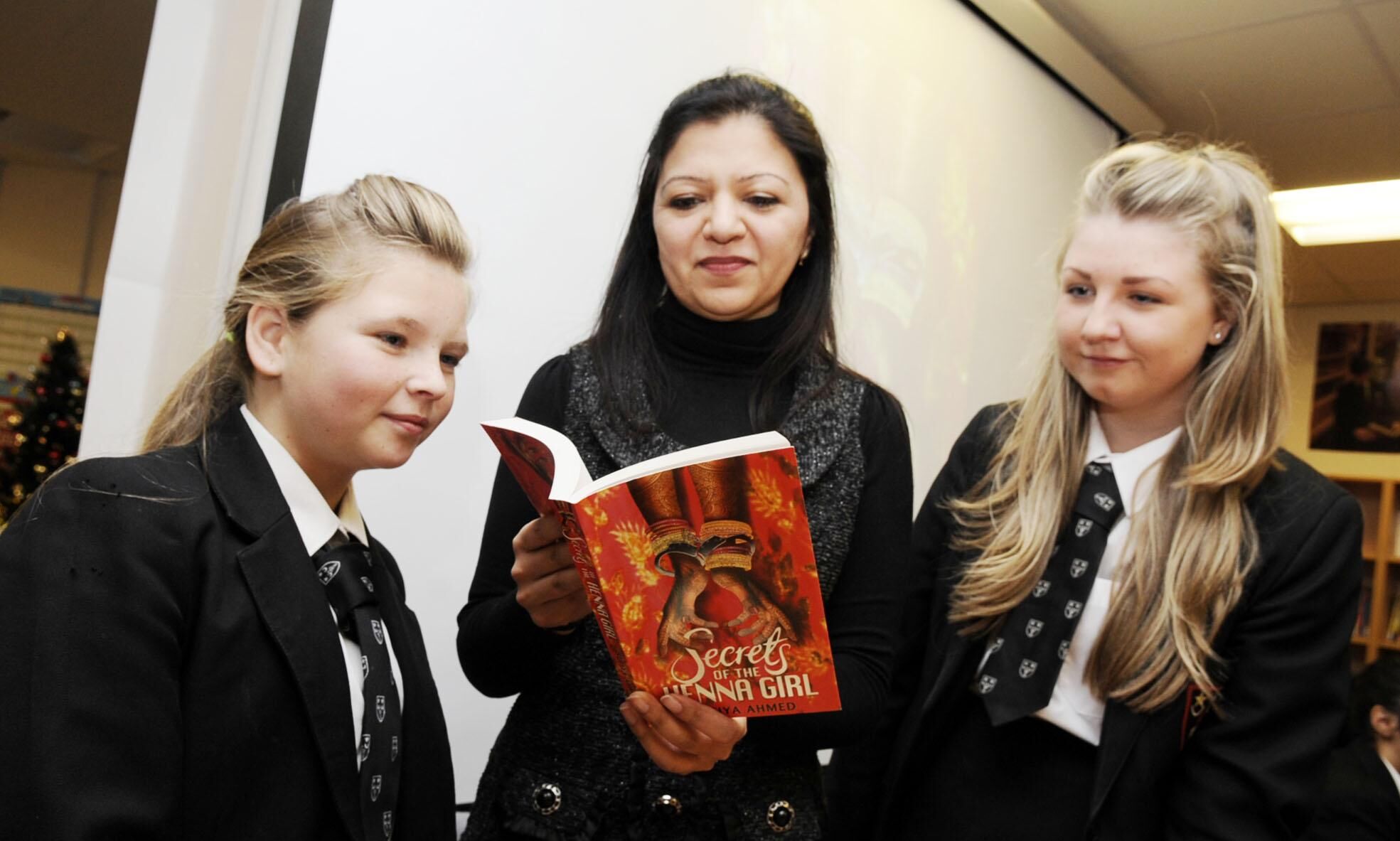 Sufiya Ahmed reading Secret of the Henna Girl to school kids in the UK[/caption]
Sufiya Ahmed reading Secret of the Henna Girl to school kids in the UK[/caption]
 Sufiya Ahmed's Rosie Raja: Churchill's Spy will be out in August.[/caption]
Sufiya Ahmed's Rosie Raja: Churchill's Spy will be out in August.[/caption]
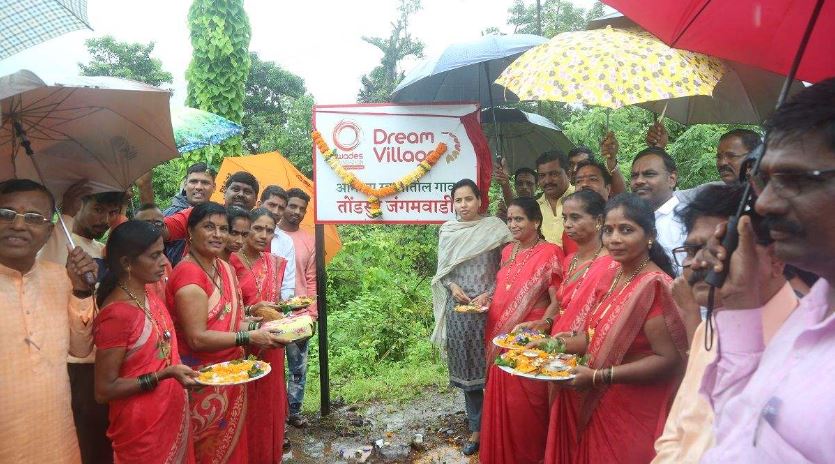 One of the dream villages by Swades Foundation[/caption]
One of the dream villages by Swades Foundation[/caption]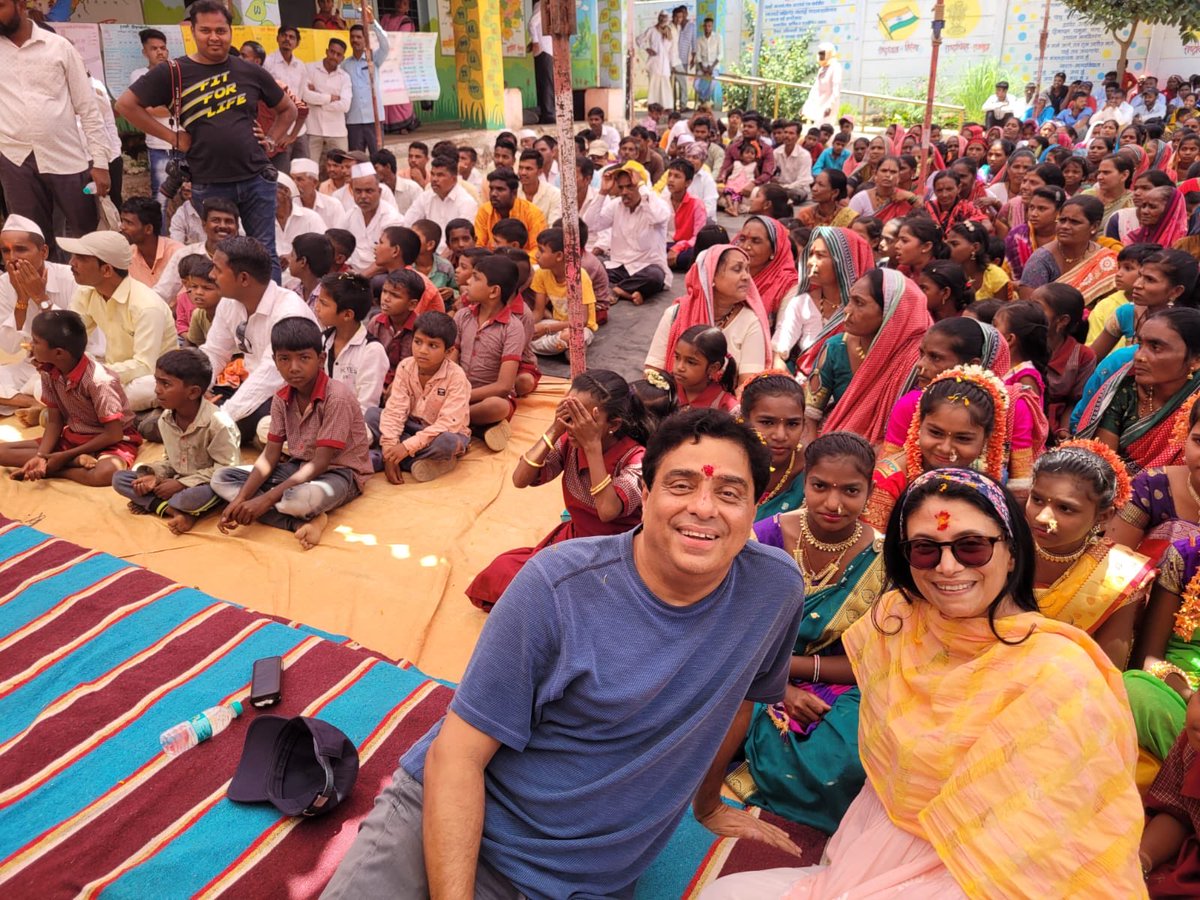 Ronnie and Zarina Screwvala at one of the village events[/caption]
Ronnie and Zarina Screwvala at one of the village events[/caption]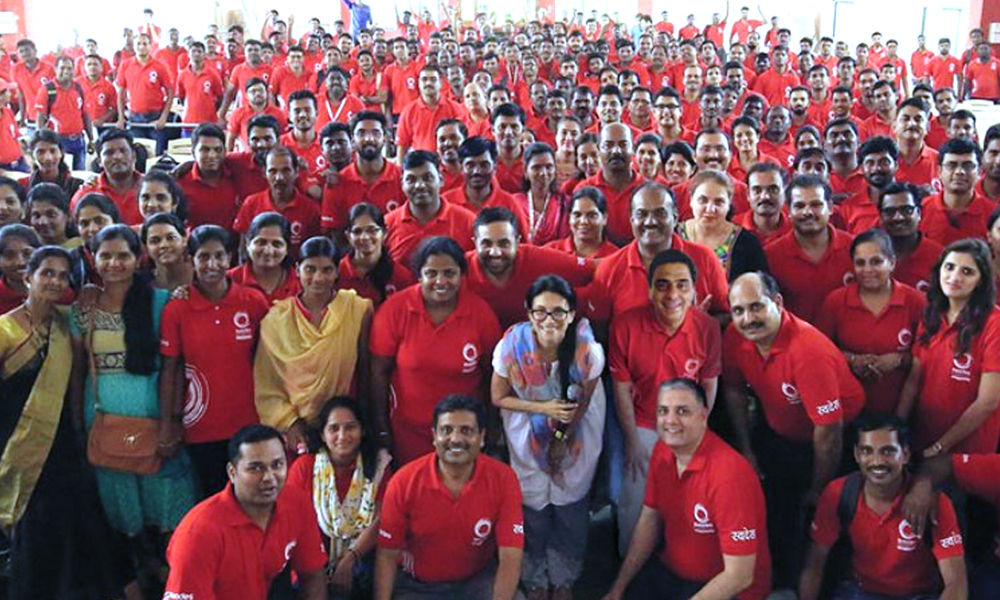 Ronnie and Zarina Screwvala with Swades Foundation team[/caption]
Ronnie and Zarina Screwvala with Swades Foundation team[/caption]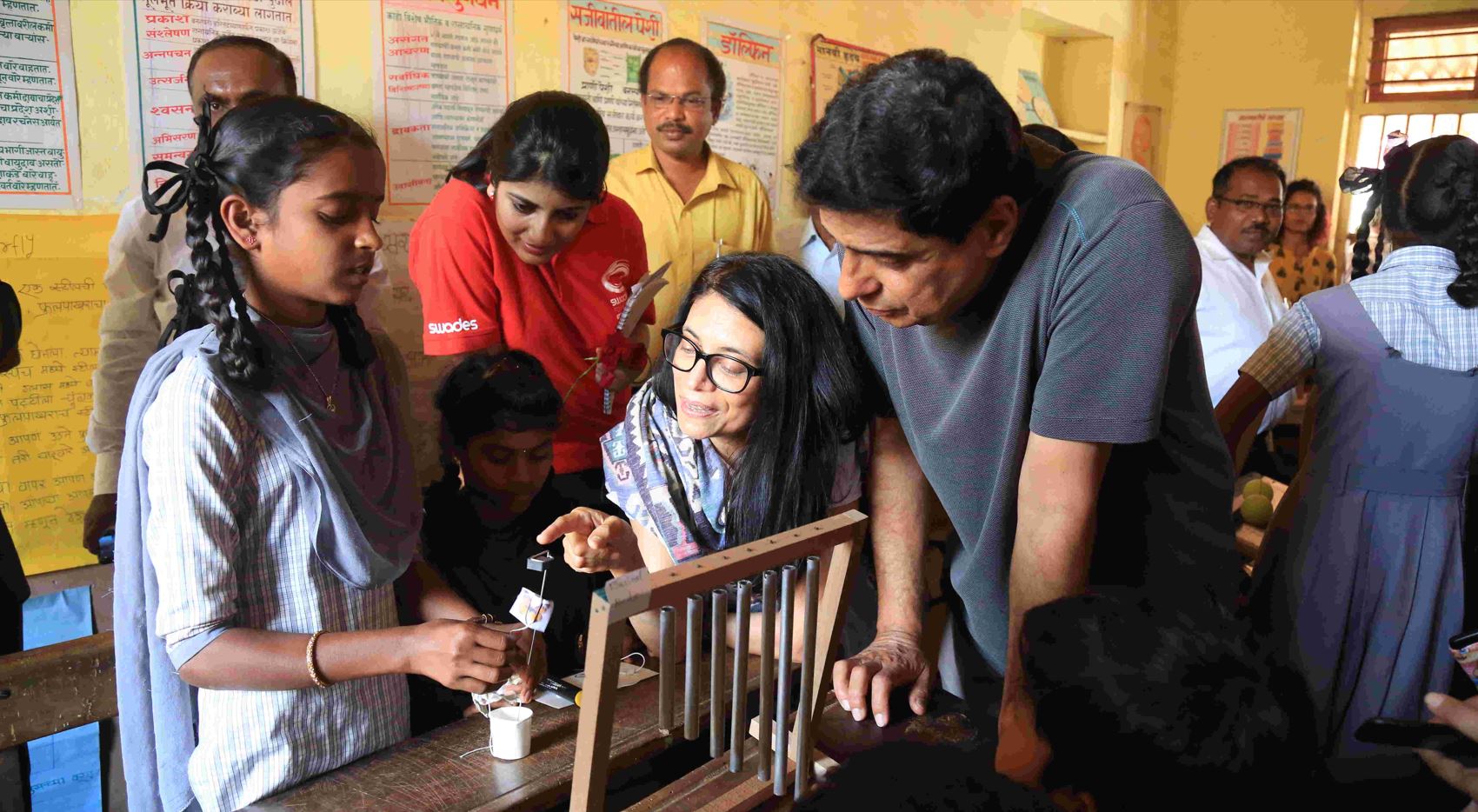 Swades and his wife Zarina at one of the villages they support[/caption]
Swades and his wife Zarina at one of the villages they support[/caption]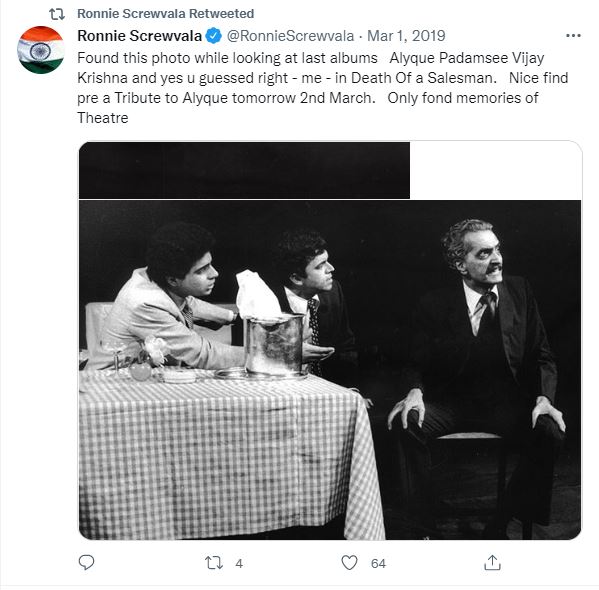
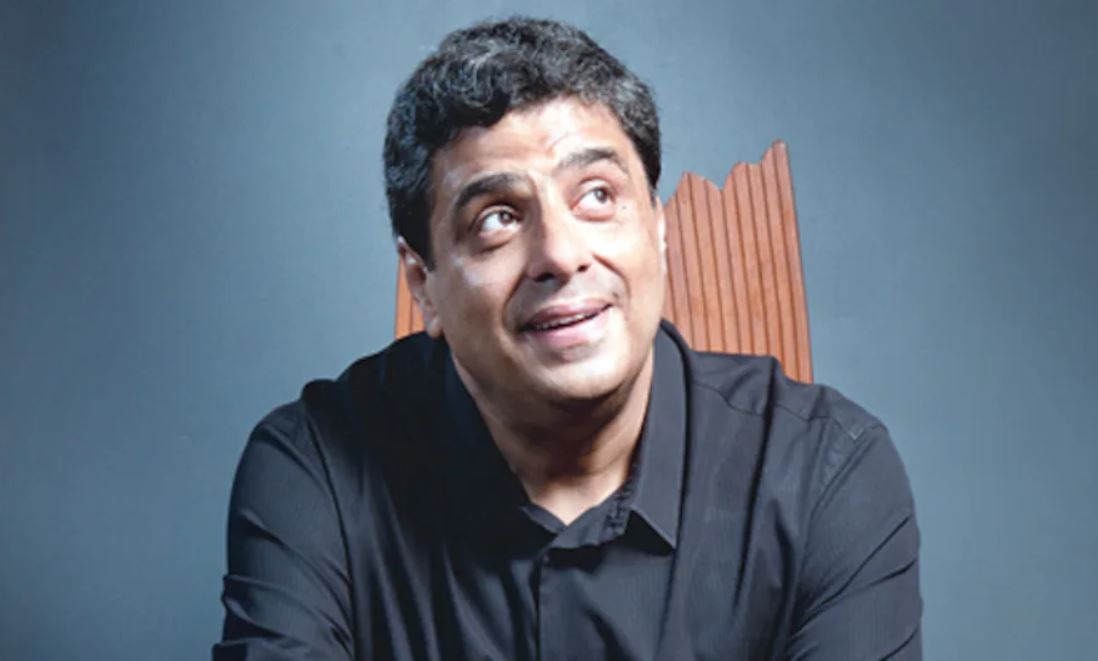
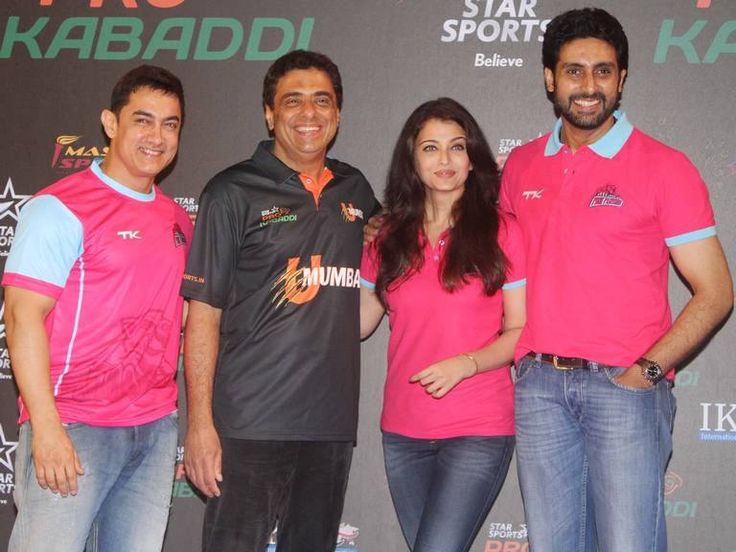 Ronnie Screwvala with Amir Khan, Aishwarya Rai and Abishek Bachchan[/caption]
Ronnie Screwvala with Amir Khan, Aishwarya Rai and Abishek Bachchan[/caption]
 Red Bull Pump Track Championship 2019 (Image Courtesy: Vaqaas Mansuri)[/caption]
Red Bull Pump Track Championship 2019 (Image Courtesy: Vaqaas Mansuri)[/caption] BMX racer at Red Bull Championship 2019 (Image Courtesy: Vaqaas Mansuri)[/caption]
BMX racer at Red Bull Championship 2019 (Image Courtesy: Vaqaas Mansuri)[/caption]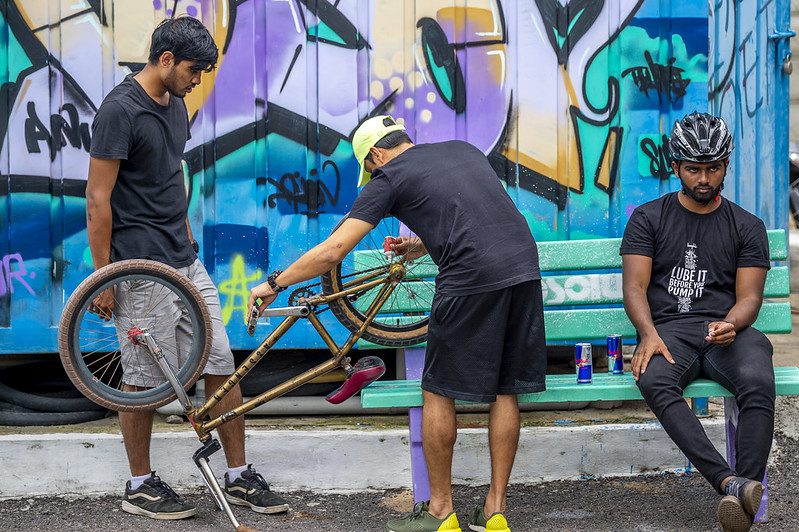 BMX racer oiling his bike (Image Courtesy: Vaqaas Mansuri)[/caption]
BMX racer oiling his bike (Image Courtesy: Vaqaas Mansuri)[/caption] BMX racer on pump track (Image Courtesy: Vaqaas Mansuri)[/caption]
BMX racer on pump track (Image Courtesy: Vaqaas Mansuri)[/caption]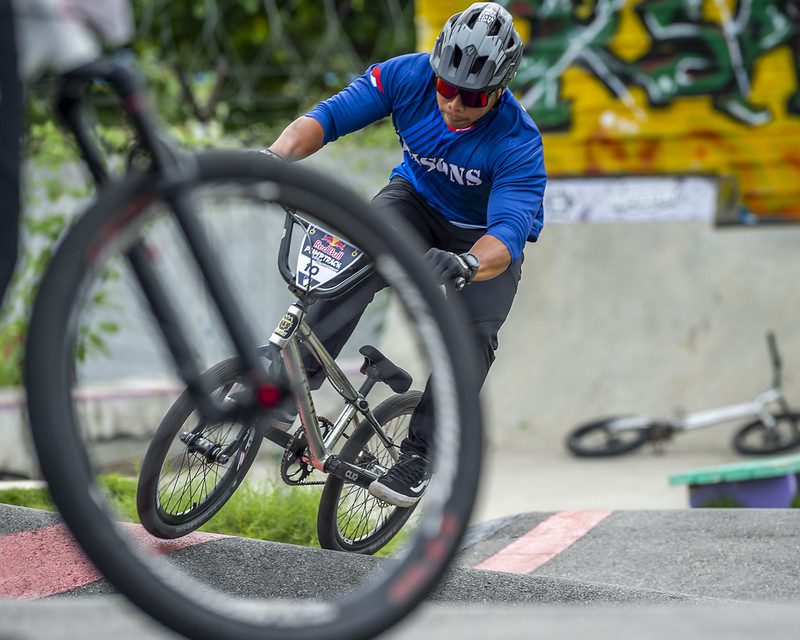 BMX racing in Hyderabad (Image Courtesy: Vaqaas Mansuri)[/caption]
BMX racing in Hyderabad (Image Courtesy: Vaqaas Mansuri)[/caption]
 Outreach food shelf[/caption]
Outreach food shelf[/caption]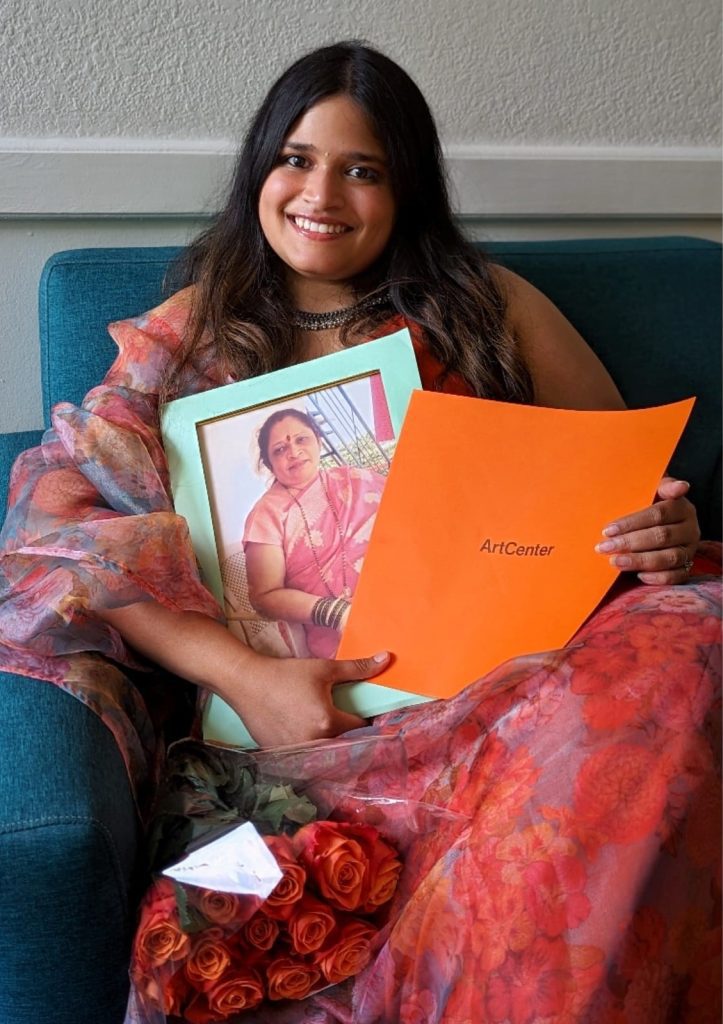

 McLeod Food shelf in Minnesota[/caption]
McLeod Food shelf in Minnesota[/caption]